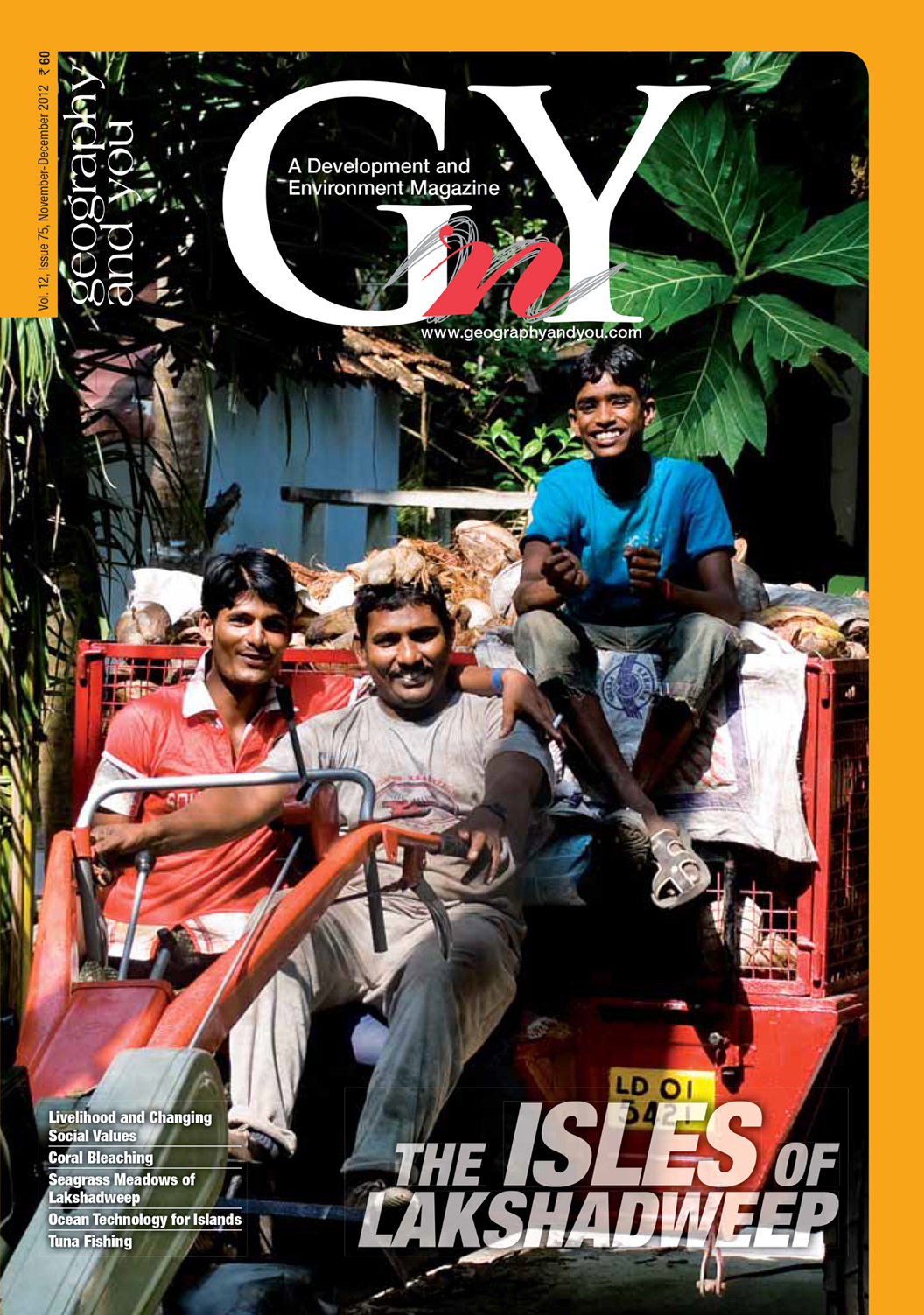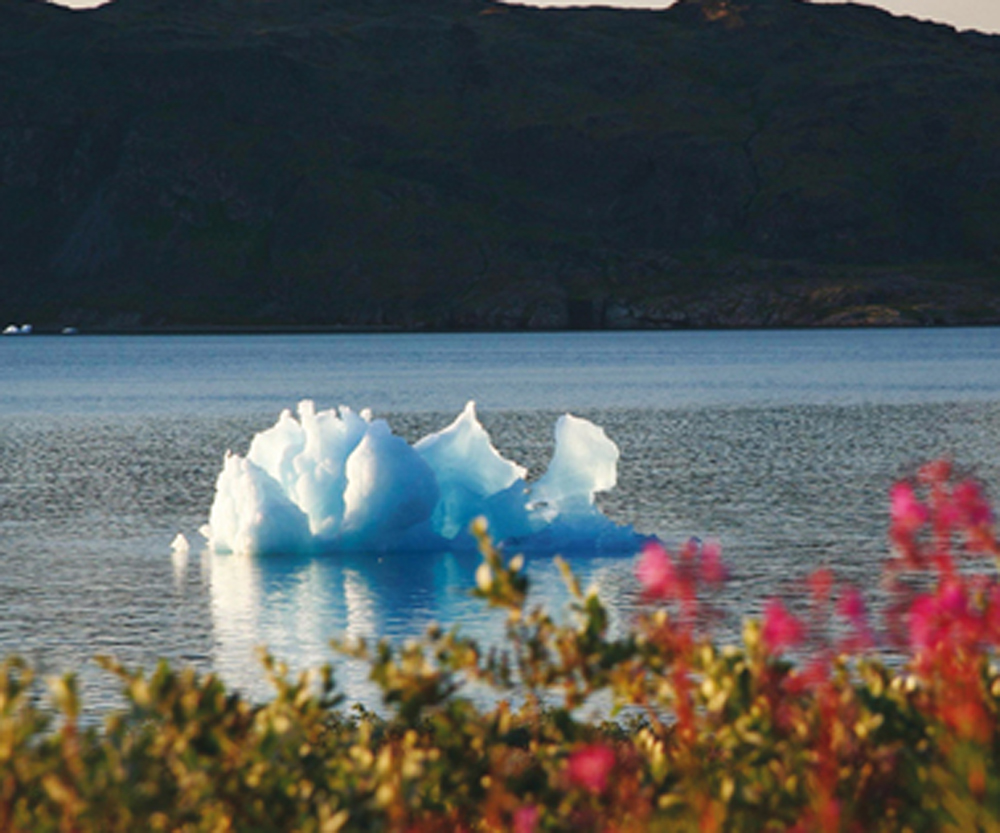
Inside this issue
Fact file
Islands differ in their geological and geomorphologic settings; and in their physical, biological, climatic, social, political, cultural, and ethnic characteristics. Yet they share a distinct underlying concern that marks their overall vulnerability in the context of sustainable development.
Even though there is dominance of Islam, the social structure of the islanders is based on the matrilineal kinship and caste system that reflects the Hindu customs of Kerala.
Effective management options are necessary to sustainably use the island aquifer especially in the wake of local inhabitants installing motorised pumps and associated sanitary fittings to withdraw and distribute water from shallow wells.
Lakshadweep needs to practise ecotourism to promote tourism and at the same time to safeguard the fragile ecosystem of the region. This will also provide a sustainable livelihood option for the islanders.
India’s archipelago
Precious and rare, the Lakshadweep group of islands is in urgent need of sustainable developmental activities. Stringent laws and policies will help the state of environment of this fragile lands.
Field based studies carried out in Lakshadweep for over two decades examine the islanders’ dependence on coral reefs. Data reveal that mainstream influences are leading to significant changes in cultural norms with evidences of a break down of the traditional matrilineal society.
Bleaching of corals involves the expulsion of a single-celled algae (Zooxanthelle) by corals, which symbiotically live within coral tissues. In just a few decades, several reef ecosystems, which have taken millions of years to evolve, have been degraded, and some even destroyed, together with their innumerable species and intricate genetic codes. Climate change, unsustainable exploitation, and chronic pollution from terrestrial sources are emerging as the major culprits.
Seagrasses are submerged monocotyledonous flowering plants adapted to complete their life cycle below the sea surface. They harbour rich diversity of marine flora and fauna of commercial importance; and help prevent beach erosion and siltation. Seagrass meadows are facing numerous challenges and threats in the present context and need urgent conservation strategies for increasing fish wealth and sea health.
Technological developments are yet to reach most of Lakshadweep’s islands and implementation of solutions are hampered by the remoteness and lack of logistic support. Advanced solutions are thus, imperative to achieve a degree of self sufficiency.
The islanders of Lakshadweep are learning to take up the innovative fishing operations being taught to them, to catapult reef and deep sea fishing into a major economic activity, planned and scientific.
India’s weather
As India braces for cold waves during this winter, its dynamics are explored in a brief treatise. The cloudiness, fog, precipitation and more are decoded for quick understanding and greater preparedness.
The increasing trend of rising tropospheric temperatures due to the global climate change is reflected in the efficacy of Indian monsoons too. It is imperative to have a high level, skilled mechanism to monitor and predict this trend to help manage preparedness.
In brief
Once pegged as the most important produce of the Lakshadweep islands, trade in copra, coir and other produce has stagnated in the recent decades. As per the data furnished by the Department of Cooperation, Lakshadweep Administration, copra trade has remained between 3500 to 4000 metric tonnes for ov
Lakshadweep has experienced a 40 per cent hike in its power tariff from October 2012 onwards, as declared by the Joint Electricity Regulatory Commission (JERC) (for the State of Goa and Union Territories). As per the Regulatory Commission there had been no tariff increase since 2001. The Commission
Dear readers The beauty of Lakshadweep is unparalleled - tiny emerald drops set in azure and deep blue-with a water-world, teeming with colours that should make our hearts swell with national pride. Just about an hour by air from the ‘God’s own country’ - the well packaged Kerala where touris

